No one will ever forget seeing Greg Louganis recover from his poorly executed 2½ pike preliminary dive in the 1988 Seoul Olympics. Greg dove and struck his head bleeding into the water. Although he had obviously suffered an injury, he went on to earn the highest single score of the qualifying. He then went on to repeat the dive during the finals, earning the gold medal by a margin of 25 points. A mentor of mine explained his performance by suggesting Greg had phenomenal recovery strategy skills. Which he did. He suffered a setback, injured himself, was clearly pushed well out of his comfort zone but he continued on to deliver a top performance, at the same time proving that he was a truly tough athlete.
It is important to note that the point here is NOT that he was injured, but that he had a set of recovery strategies in place that he could refer to and keep going. This is what tough athletes do.
This made so much sense to me then and still today. What the best athletes and the most successful people have in common is not that they do not make mistakes. They all do. However, they have an incredible ability to recover from these mistakes. These athletes have a well-developed recovery strategy, whether it is conscious (known to themselves) or unconscious (they perform this strategy unknowingly). Whether their strategy is conscious or unconscious, ultimately we view these athletes as being resilient.
Defining Resilience
Defining resiliency is relatively easy. Simply stated, it is the ability to bounce back positively after a mistake, mishap, loss or any negative situation. Defining the skills and behaviors of resilient people however is not as simple, as there are a range of skills involved. What is critical to realize, is that resiliency is not a personality trait or behavioral style. Resiliency is a skill anyone can learn.
This article compiles the research about resiliency, and hopefully as a result of you reading this article, you are better positioned as a coach to teach resiliency to your athletes.
Once again, the philosophy we believe in at Athlete Assessments, is that technical and physical ability is a starting point only to being an effective performer. To truly maximize these abilities, athletes (and others) need to develop the non-technical or non-physical aspect of their sporting behaviors and this is where developing a mindset of resiliency comes in.
Research into Resiliency
Through many experiments by researchers such as Martin Seligman, the phrase ‘Learned Helplessness’ was developed, and refers to the condition where a human (or animal) has learnt (been conditioned) to behave in a helpless manner. This condition sees an individual take no action to recover from a failure or unsatisfactory situation because they feel any action will not help them in any way. Through past experiences, these people have learnt to do nothing, as in their past experience, any action they did take had no impact on improving their situation. This is why when they are confronted with a negative situation, they just “put up with it”, and stoically manage the difficulties, often complain to others, yet continue to do nothing to change their situation for the better.
Human beings learn this behavior the same way animals do. The big difference however between humans and animals in the learned helplessness condition, is that human can also learn this condition by watching and observing others (those close to them). This is a negative aspect of the modelling process. It serves as a reminder for us as coaches (and parents) that our role is critically important to not teach the learned helplessness pattern to our athletes or children. We must always look, act and consciously try to improve our situations, regardless of how it may appear (as perhaps ‘hopeless’). Always keep trying to change any unwanted situation for the positive.
Now that you have some insight into the research that developed our understanding of resiliency we now present 6 ways coaches can help their athletes (and also themselves) to become more resilient individuals.
If you are finding this article valuable, we also recommend our collection of articles dedicated to Sport Psychology and the Mental Game.
Improve Athlete Resiliency
– 6 Tips for Coaches
#1 Reframing
This is a simple concept which most people likely do already. However, the point is to become more conscious of the resilience process, so it can be performed when demanded, particularly in the pressure of a competition environment. Reframing is the process of changing the way you view a situation, or event, etc. Instead of viewing (with associated meaning) something in a negative way, we can choose to view it in a more productive way. For example, instead of viewing a loss as failure, you can choose to view it as a learning experience of what to do better next time.
You cannot change the result, but you can change what the result means, and this is what reframing is all about. Seeing yourself as a failure is not likely to help you improve. Resilient athletes are going to see a loss as a valuable opportunity to learn from their performance and even view how the winner performed as a learning tool. Other reframes are when the question of “why” I did not perform well, can be turned into “how” can I improve next time. A problem can be better reframed as a great challenge to overcome and test your skills. In a big race or competition, instead of being apprehensive about your performance, you could reframe that as “because I feel this way, I am going to have explosive energy to use”. The choice is yours in terms of what meaning you wish to attach to events and situations you are confronted with. Just make sure the meaning you attach is helpful to your performance.
#2 Control and Influence Model
 At some point in time, most athletes have been (or should be) exposed to the “Control and Influence Model”. Basically this is a model for understanding those situations, events and challenges of which you have complete, 100% control over and those situations you have influence over and then finally the situations you no influence or control over. Essentially, we need to spend our energy dealing with those situations where we have control and then influence and not to consume any energy over events of which we have no control.
At some point in time, most athletes have been (or should be) exposed to the “Control and Influence Model”. Basically this is a model for understanding those situations, events and challenges of which you have complete, 100% control over and those situations you have influence over and then finally the situations you no influence or control over. Essentially, we need to spend our energy dealing with those situations where we have control and then influence and not to consume any energy over events of which we have no control.
My sport was rowing, and one thing I had no control over was the weather. Now there was a time, when rowing in rough water would annoy and frustrate me, and this lead to poor results and a reputation of being a poor performer in difficult conditions. My coach helped me realize I could not change the water but I could learn techniques of rowing, to become better in these conditions. By the time I entered my final fours years as an athlete, I was unbeatable in rough conditions to the point where I hoped it would be rough. When the water was rough, I knew I would deal with it so well, that I did not have to row “hard” anymore, but instead could work my technique and enjoyed this challenge (another reframe) knowing that most others would struggle (reframe – I chose to believe others would struggle in poor conditions. Whether this is true or not did not matter. I believed it and it helped me.) See the diagram above for a detailed visual of the model.
#3 Modelling Resilient Behavior
Modelling is a process where we notice and observe the pattern of someone who displays the type of behavior which creates the results we desire. For example when an athlete who is successful is used as a model for other athletes to learn from. Modelling is about replicating the thought patterns, actions and emotions that successful results are based on. It is these three essential processes which create our outcomes. Rather than trying to reinvent the wheel, athletes can short cut their way to success by noticing what already successful athletes do. This becomes the starting point for performance. Each athlete then makes distinctions to the modelled process so that it suits their unique self.
#4 Attribution of Success or Failure
Research clearly states, resilient people attribute their success to those elements they can control or influence. Therefore this means success is not someone else’s responsibility. The same is for any poor performance. Resilient people attribute poor performance to something they “did” or the great performance of their opponent, not to who they are deep inside. For example, if a great tennis player loses the final, they are more likely to say “today my opponent played an exceptional game” or “today I felt I could have executed my shots better and made better choices at those critical moments”.
This is different to what a player who lacks resilience says, such as, “I am not a good player. I lacked belief in myself and did not trust myself to take risks”. What this player is actually doing is defining in their identity (who they are) their inability to play good tennis. Whenever someone says, “I am …” they are stating that they are their behavior. Always, this is a reflection on their self-esteem which is often poor. Always make sure you clearly define the difference between who you are and how you behaved or performed. A resilient person’s identity is more than their actions and results.
#5 Attachment to Your Support Team
Resilient people always have a strong support team of people they trust, have acceptance from, are secure with and feel like they belong to. This is the essence of what we call attachment. What is critical is in order to boost your resiliency, one must feel as though they are exceptionally well supported. The level to which one needs support differs in proportion to the challenges they feel they are facing. When an athlete or anyone, is confronted with a significant obstacle or have been knocked down by a certain event, those who have a wonderful support team, are likely to manage that situation more effectively and this means recovering faster.
#6 Highly Developed Technical Skills
Athletes and others who are exceptionally technically and physically competent are usually more resilient to setbacks in their performance. When an athlete has experienced a poor performance, those who have high level skills, realize recreating a successful result is not about reinventing their whole process (our article on Coping with Poor Performance goes into this topic in greater depth). Instead, technically competent athletes know all they have to do is recall the times when they had previous success and go back to the basics of their technique which delivered this initial success. This helps them rebound faster than if the athlete has a poorer level of skill and needs to also be thinking about the establishment and improvement in their basic skill levels. We can also refer to this as an athlete’s technical reference point (the technical focus point which acts as a reference point to look for, hear and feel). This reference point then acts as a spring board to recreate an effective future performance.
Where to from here?
It is important to remember– as coaches we are responsible for an athlete’s whole development. Gone are the times when all a coach had to do was teach an athlete how to catch or pass a football, run or swim. The defining factor in an athlete’s performance is not going to come down to their technical skills but rather their non-technical skills and of those being resilient is a foundation skill. When I write articles like this, it reminds me to improve my skills in this area. I firmly believe all of us can continue to develop and provide a learning experience for those around us. As a consequence we will provide a role model example of how to behave.
If you enjoyed this article you may also find valuable the articles linked below, or if you’re looking for an introductory activity to developing resiliency for your athletes, we highly recommend this article on ‘Oh, The Places You’ll Go’ by Dr. Seuss.
At Athlete Assessments, we’re here to provide you with excellence in service and here to help you be your best. If there is anything we can assist you with, please Contact Us.
Recommended Articles
In sport as in life there are times when we don’t deliver our best when called on to do so. At the elite level, a poor performance in sport is when you or your team are 1% off your best. This contributes to an unwanted result combined with the feeling of letting yourself or others down. It is important to note, that occasionally we produce a poor performance relative to our potential capability, yet still manage to win. But this type of scenario can also produce feelings associated with a loss.
How many times have you witnessed the heartbreak of an athlete faltering at a crucial moment? The painstaking drama of the moment can be excruciating to watch, particularly when the athlete is at the height of their career or even worse, an athlete you coach. At these times, the terms choking or panicking are thrown around loosely to label the under-performance of the individual or team. But what do these terms mean? Is there a difference between them? And can anything prevent an athlete from choking?
Understanding the importance of sport and exercise psychology is paramount to getting better results on the field, in the pool or on the court. Often though, coaches find the topic daunting and therefore put it in the “too hard” basket. Other coaches employ the services of a sport psychologist to assist their athletes and miss important benefits of a holistic coaching approach. In this article, we define what sport psychology is and what aspects are best incorporated into training and competition day by the sports coach.


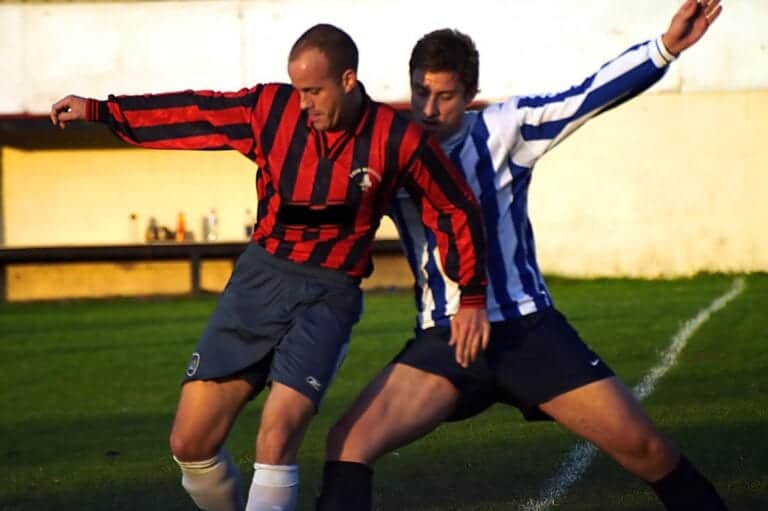
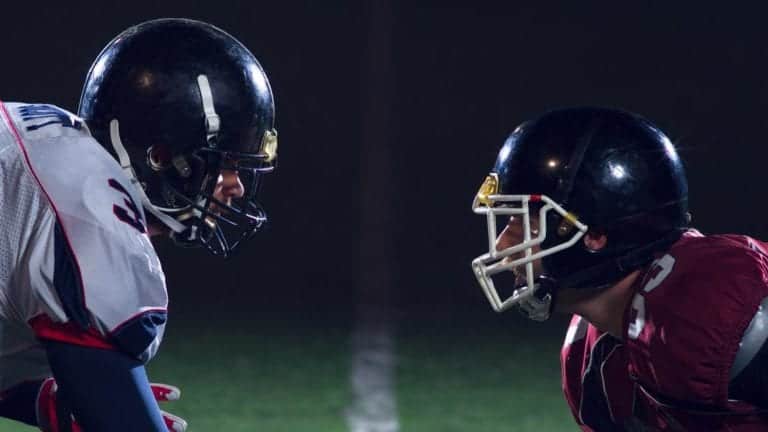

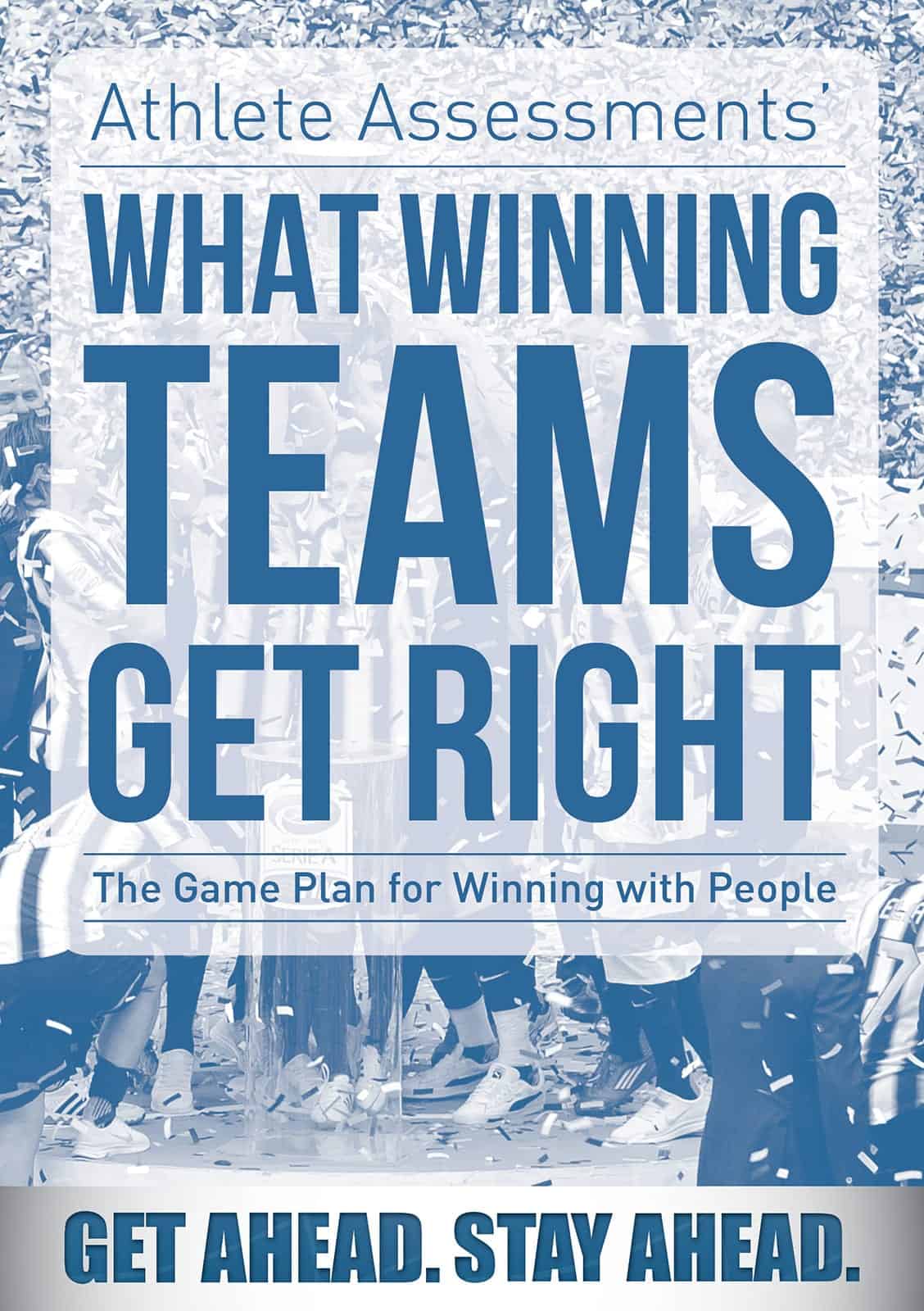

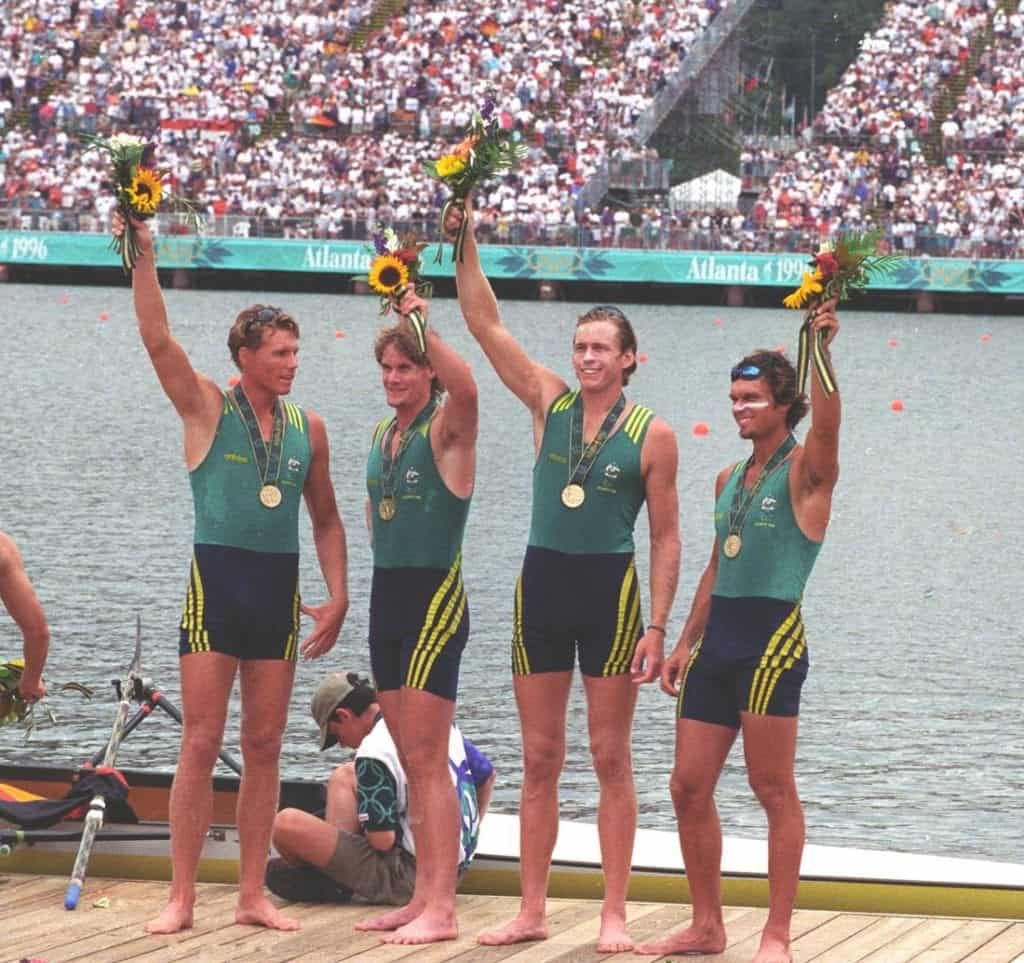
1 thought on “Improve Athlete Resiliency – 6 Tips for Coaches”
Pingback: Athlete Resiliency: 5 Minutes with Bo Hanson – Athlete Assessments